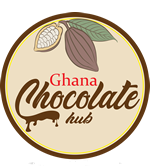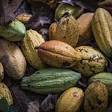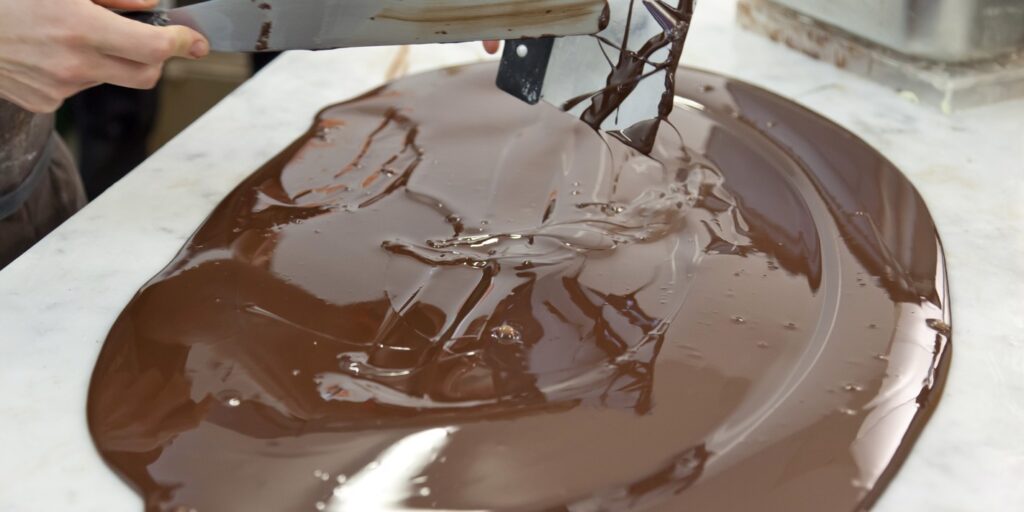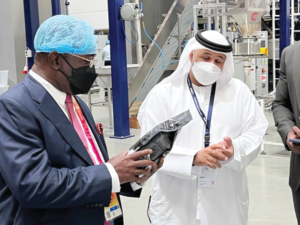TEMPERING OF COCOA BUTTER AND CHOCOLATE USING MINOR LIPIDIC COMPONENTS
Abstract
Chocolate manufacture includes a complex tempering procedure to direct the crystallization of cocoa butter towards the formation of fat crystal networks with specific polymorphism, nano- and microstructure, melting behavior, surface gloss and mechanical properties. Here we investigate the effects of adding various minor non-triglyceride lipidic components to refined cocoa butter and chocolate on their physical properties. We discover that addition of saturated phosphatidylcholine and phosphatidylethanolamine to neutralized and bleached cocoa butter or molten and recrystallized commercial chocolate at 0.1% (w/w) levels, followed by rapid cooling to 20 °C in the absence of shear, accelerates crystallization, stabilizes the desirable Form V polymorph and induces the formation of chocolate with an optimal microstructure, surface gloss and mechanical strength. Final chocolate structure and properties are comparable to those of a commercial tempered chocolate. Minor lipidic component addition represents an effective way to engineer chocolate material properties at different length scales, thus simplifying the entire tempering process.
https://www.nature.com/articles/s41467-021-25206-1.pdf










More Stories
COTE D’IVOIRE WANTS TO CAPTURE GREATER SHARE OF COCOA VALUE CHAIN
INTERNATIONAL CHOCOLATE PRODUCERS SHOWCASE SOCIAL AND ECONOMIC SUSTAINABILITY
GHANA-BASED NICHE COCOA TO OPEN FIRST NORTH AMERICAN LOCATION IN FRANKLIN